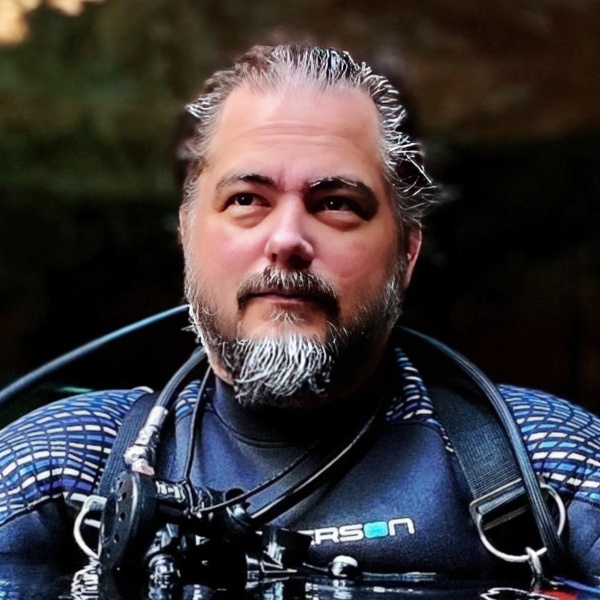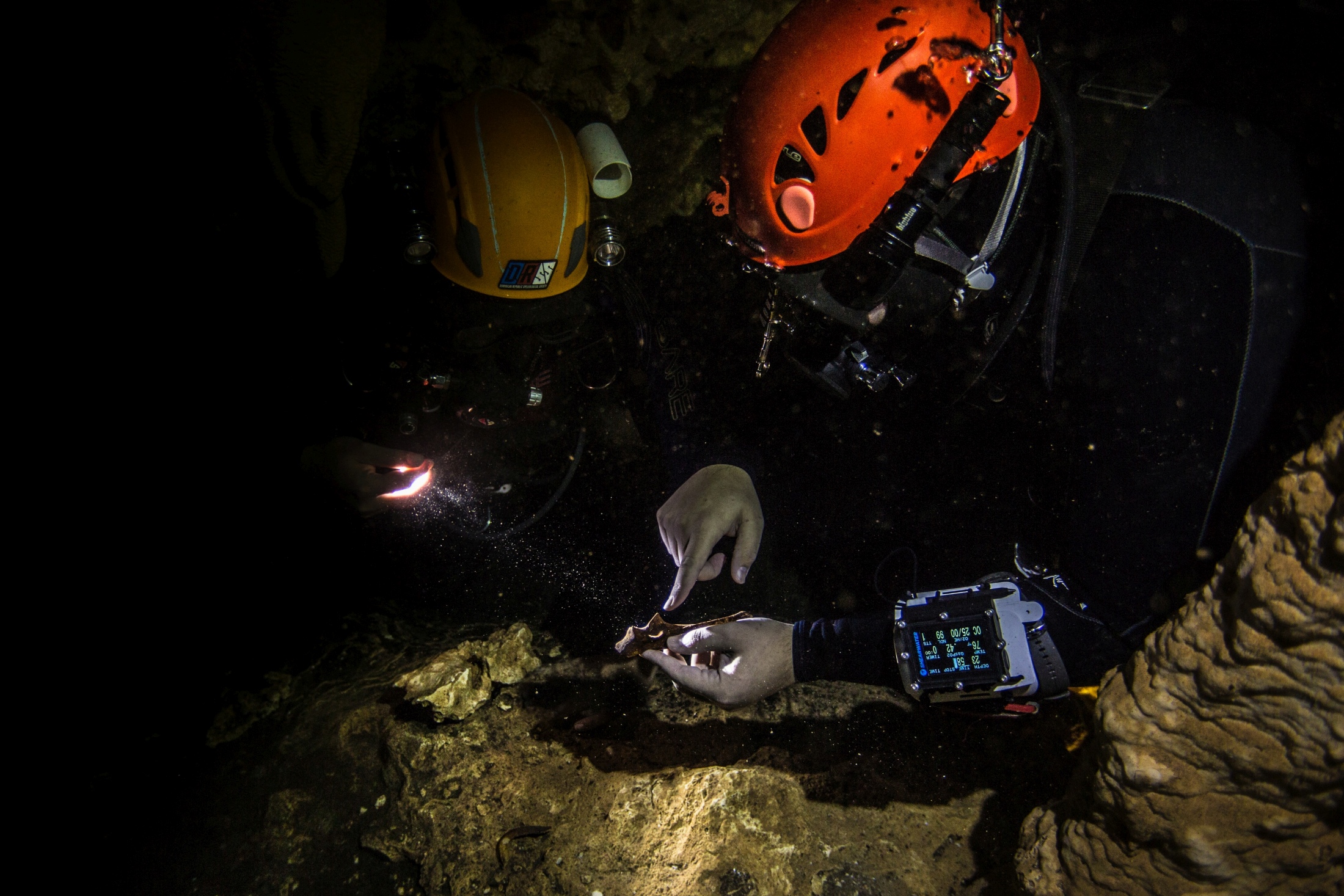

The future of our planet, and therefore our own, depends much more than one can imagine on a deeper understanding of the ecological and climatic changes that have occurred over the last millennia.
Analysis of these changes and paleontological records in the Caribbean region is complicated, as these traces have been partly destroyed by the development of civilization and natural disasters. Flooded caves, providing stable conditions and previously inaccessible to humans, are like a sealed time capsule, preserving evidence of the incredible biodiversity of Caribbean ecosystems from thousands of years ago.
The discovery of these secrets has become the goal of the Antillothrix Project, aimed at studying the fossil records preserved in the flooded caves of the Dominican Republic. This research requires an innovative approach, combining the efforts of paleontologists, photogrammetry specialists, and cave divers who document and collect samples during dives. Thanks to this collaboration, scientists have gained access to previously inaccessible fossil records.
The project actively involves scientists from the Department of Anthropology at City University of New York, including Alfred Rosenberger and Zachary Klukkert, as well as divers from the Dominican Republic Speleological Society (DRSS) led by Phillip Lehman.
Over the years of the project, DRSS divers have collected thousands of well-preserved fossils, including nearly a complete skeleton of the extinct primate Antillothrix bernensis. Most of these are stored in the Museo del Hombre Dominicano in Santo Domingo.
In 2016, the team conducted a multi-day expedition, with the main goal of implementing techniques for documenting finds using three-dimensional photogrammetric imaging. This method involves processing a large number of high-resolution digital photos into a three-dimensional model of an object using advanced computers and specialized software. This allows scientists who do not dive to make detailed visualizations of the distribution of findings.
The records recovered by the divers revealed that the current biological diversity of Caribbean ecosystems is only a shadow of what existed before colonization by humans. The Antillothrix Project shows the drastic impact of human presence and activity on ecosystems. Projects like this are crucial in understanding the impact of humanity on pristine ecosystems, which is key to making decisions about protecting endangered species.
Caves are valued by paleontologists because they can preserve remains of ancient life. But working in flooded caves is an entirely new endeavor that presents many new challenges.
The abundance and quality of preservation of skeletal remains in these caves is astounding, and every bit worth the extra effort.
Zachary Klukkert, Scientist-Paleontologist, Cave Diver
10 - 17.12.2016
Gathering photographic documentation of fossils in the flooded caves of the Dominican Republic, in order to prepare three-dimensional models of the findings using photogrammetry techniques.
It's your contribution!
By choosing the brands involved in our program for your personal diving, you directly contribute to the support we can provide to ESP divers around the world. Every little bit counts towards reaching our goals.
Thank you!
How to apply?
Share your vision with us. We want to support adventures, explorations, and projects that deepen the understanding of the underwater world.







